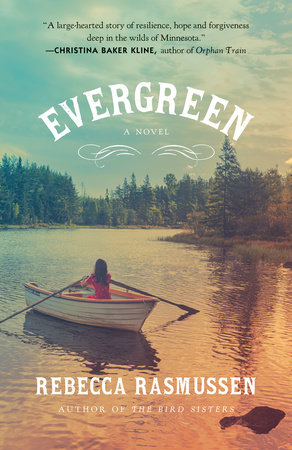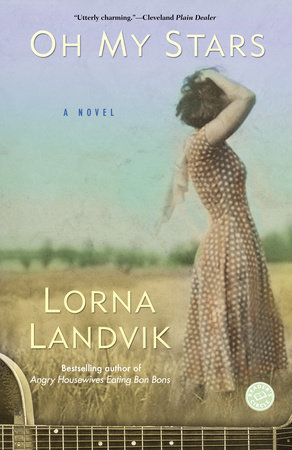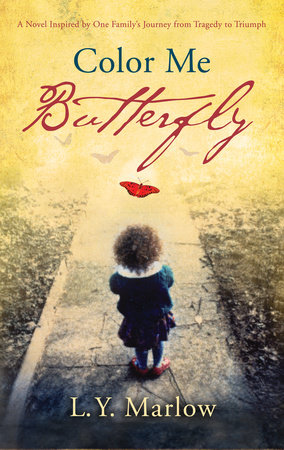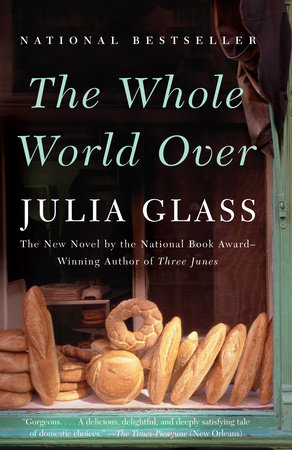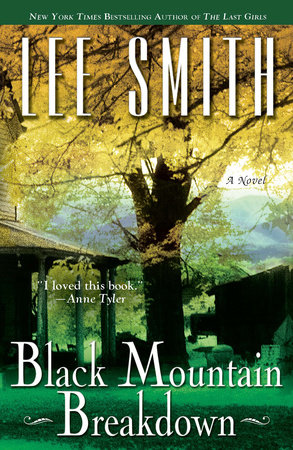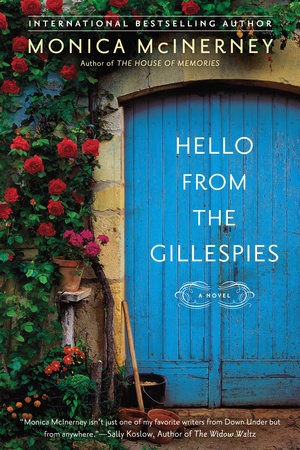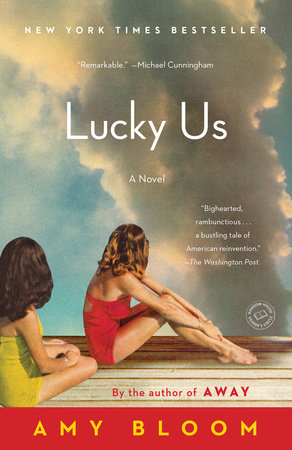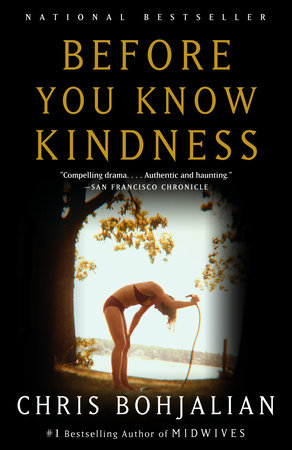A conversation with Rebecca Rasmussen
author of EVERGREEN
Q: Your last novel was about two sisters. What inspired you to write about a young couple living in the wilderness of Minnesota in 1938?
A: When I was growing up, pioneer stories and the characters that populated them—people who broke away from the civilized world and started new lives in the wilderness—captivated me. In my favorite stories (O Pioneers!, The Song of the Lark, even Little House on the Prairie), people had to band together in order to survive harsh winters, locust storms, fires. Sometimes they had to fall apart. I am deeply interested in the ways environment shapes who we are. At the beginning of EVERGREEN, Eveline, a young bride, goes into the wilderness with a sundress and a pair of dancing shoes. She tries to look pretty for her new husband. She has no idea what the land will require of her or how it will change her, or if the love she has for her husband will be enough. She has no idea how strong she will become.
Q: EVERGREEN’s epigraph is a quote from Jose Ortega y Gassett, “Tell me the landscape in which you live, and I will tell you who you are.” How does this connection to place resonate throughout the novel?
A: As a person who has lived in eight different states so far in my life, I’ve had the fortunate experience of witnessing how place changes people. In Massachusetts, I used to snowshoe down my street. I was moodier then. After a long winter, there was nothing more enlivening than seeing the first magnolia blossoms in the spring. In Los Angeles, I’m a hundred feet from the 405. I’m so close I can give a traffic report. But the sun is always shining and the winds are always warm. I’m softer here. Less alone.
In my novel EVERGREEN, the changes the characters go through are more pronounced than mine, perhaps because there are no modern conveniences to soften the transition when they move from an established town to the wilds of northern Minnesota in 1938. Electricity changes people. Running water. But so do swiftly moving rivers and old growth forests, night skies unmarred by city lights, industry. To my mind, this novel couldn’t take place anywhere else in the world but Evergreen.
Q: Do you ever dream of running off and living in the wilderness yourself?
A: Oh, yes—ever since I was a girl and spent eight glorious summers at a rustic camp in northern Wisconsin. The lake was full of leeches, the cabins overrun with wolf spiders, and because nothing would ever dry there was a pervasive smell of mold. “L’eau de Camp,” my mother used to say. But it was also a magical place with towering pines and climax forests, frosty mornings and northern lights, a place where for the first time in my life I felt truly free. I learned how to build fires and navigate canoes through narrow sloughs. I learned how to swim and sail and shoot a rifle. I learned what I could do with my hands. What I could do with my heart. The northwoods is always with me when I sit down to write. It’s with me in Los Angeles. It’s with me right now. Will I ever go back? I don’t know. I’m afraid to ruin the dream. It’s hard to be sentimental about leeches when one is stuck to you.
Q: Eveline, newly pregnant, moves into a small cabin in Minnesota with her taxidermist husband, Emil. How does she justify leaving her family, job, and hometown behind? What is special about her relationship with Emil?
A: Eveline is young and inexperienced at the beginning of the novel. She’s so newly married that she still gets a little thrill every time she says the words my husband. Emil is unlike any other man she’s met in the northwoods. He’s capable, but gentle. Determined, but kind. Other men try to woo her by leaving buckets of fish on her doorstep. Emil woos her with a butterfly. Even though she’s frightened to leave her family, love is what brings Eveline to the wilderness. Love is what gets her through her first winter.
Q: Eveline’s neighbor, Lulu, was “a tall, solid woman, made larger by her booming voice and the vigor of her coat.” How does this quirky woman become so important to Eveline? Even though they’re such opposites, how do they ultimately save each other, over and over again?
A: When Lulu enters the novel, light enters with her. She’s a woman who knows who she is and what she’s worth. Eveline doesn’t know these things yet. She’s a new wife and mother. She’s still figuring out if she even belongs in the wilderness. After surviving a difficult winter alone with Emil, Lulu is a welcome guest the day she comes striding up to their cabin wearing a pair of men’s trousers and a ratty old fur coat. Lulu is feisty from the start. Unlike Eveline, she always says what she thinks. She’s tougher than any of the men in Evergreen put together. She’s got a heart the size of the forest. She’s hard not to fall in love with, which Eveline quickly does. The women become like sisters. They argue with each other. They laugh at each other. They save each other over and over again no matter what it costs them. In many ways, they are the true soul mates of the novel.
Q: Have you ever known a Lulu in your life?
A: Lulu is the friend I always wish I had. The sister. I loved her from the moment she marched onto my computer screen and showed me her hairy ankle and her big northwoods heart. I admire her so much. She’s a little bit of you, a little bit of me, a little bit of all of us.
Q: A major turning point in the book centers around the “Lead with Light Initiative.” Based on real-life events, a power company is set to bring electricity to the region. How did you find out about programs like this, and what were its effects on people like Eveline and Emil?
A: The transition to modern amenities like running water and electricity is fascinating to me. When I was writing the novel, I did a fair amount of research about how and when light came to the upper Midwest and realized there was a distinct difference between when light came to established frontier-like towns and when it came to the wilderness. Through historical accounts—journals and diaries mostly—I learned that a single light bulb in the forest changed people’s lives, and not always for the better.
Q: EVERGREEN is divided into four parts, spanning from 1938 to 1972. What made you decide to structure the novel this way? How do the shifting perspectives help us to know each of your characters so intimately?
A: Evergreen wasn’t always structured this way. In the first draft, there were only two different parts—Eveline’s and Hux’s—and I was dissatisfied with them. The story needed to open up. It needed to branch out. Naamah, the character who drives much of the action in the novel, didn’t have a voice yet. Once I gave her one, there was no glass between us anymore. I kept hearing her calling for her mother. I kept praying she would find a little grace.
Q: Hopewell Orphanage is a terrifying place ruled by a fearsome nun, Sister Cordelia. What was your inspiration for this character and place? Why did you feel that Naamah needed to grow up there?
A: Sadly, my inspiration for the orphanage in the novel was the way many—too many—orphans were treated at orphanages in both the US and abroad during the first half of the twentieth century. While I was working on this section, I read hundreds of heartbreaking accounts of men and women who’d grown up in places ruled by cruel nuns and priests and were still trying to survive those early experiences in their adult lives. In the accounts, so many of them were struggling to find happiness, peace, but couldn’t because of the abuse they suffered, often in the name of God. Naamah is one of these people. In the novel, she wants to be loved so much, and I wanted so much to give that to her.
Q: When Naamah, as an orphan at Hopewell Orphanage, sees a mother and daughter in town, she thinks, “The mother kissed the girl’s forehead in a way Naamah had always dreamed of being kissed. First by her mother, then by any mother, then anyone.” How does this passage explain so much about Naamah’s character?
A: Naamah covets love, but she doesn’t understand it. Because of her experience with Sister Cordelia, who does love her in her own broken way, Naamah often puts herself in demeaning situations as an adult because she doesn’t have a sense of her real worth, only the one Sister Cordelia has shown her. She’ll let a roughneck man at a bar use her terribly, for instance, but at the same time be thinking of the blanket her mother left her with at the orphanage—the one with little ducks on it, the name Hux stitched into the corner.
Q: Gunther (Lulu’s son) tells Hux (Eveline’s son) that Naamah is “like a handful of people even though she’s only her.” What does he mean by this?
A: As an adult, Naamah is as a volatile as the situation she grew up in. She can be incredibly vulnerable and tender, but she can also be self-destructive and violent. She’s only one person, of course, but sometimes she behaves as if she’s several all at once. Just when the other characters in the book think they understand her, she surprises them.
Q: What makes the green hat such a heartbreaking item in EVERGREEN? Did you feel there were other important symbols in the book, or talismans for the characters?
A: Evergreen is a nearly mythical place. Because of that, there are many important symbols in the book. Lulu’s fur coat. The fishing line Eveline stretches across the river to connect them. The scar on Racina’s cheek. The pretty green hat with feathers spread across it, which belonged to another orphan before it belonged to Naamah.
For Naamah, the hat is inextricably bound up with her childhood at the orphanage with Sister Cordelia, which is why she keeps it for so long and why, ultimately, she has to let it go if she wants to find real happiness. It’s heartbreaking to watch her release so many haunting memories only to have them come back to her.
Q: Even though the women in EVERGREEN are fiercely loyal to each other, two moms abandon their daughters in spite—or maybe because—of their love for them. What does EVERGREEN teach us about the struggle between committing and letting go?
A: The women in EVERGREEN are the heart of this novel—almost everything that happens depends on them. It’s an enormous weight to have to bear and for the most part they bear it gracefully, with great love and compassion. The women in EVERGREEN are survivors. They’ve learned, oftentimes through events beyond their control, when to hold on with all they’ve got and when to let go. They’ve taught me a great many lessons, one of which is this: the world is still a hard place for women, but we are its lifeblood, we keep not giving up.
Q: What’s next for you?
A: Right now, I’m working on a novel about a small town doctor in Wisconsin who becomes implicated in the death of a young girl who falls through the ice while he’s out fishing. The novel follows Dr. Greene and his daughter Lucy as they try to navigate the fallout from this event in a town where people will bring you a cup of sugar if you need it or a gun if you don’t. It’s exciting to be working on something new, but I miss the troop from EVERGREEN, too, and find they still have a lot to say. The characters from The Bird Sisters still pipe up from time to time as well.
FOR BOOKING INFORMATION:
Erica Hinsley / ehinsley@randomhouse.com / 212-572-2018
